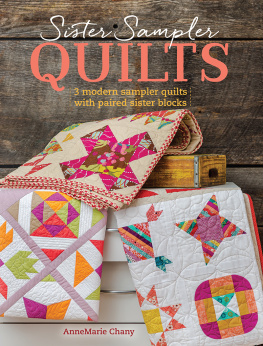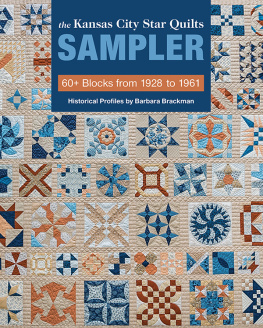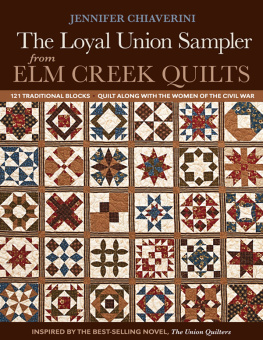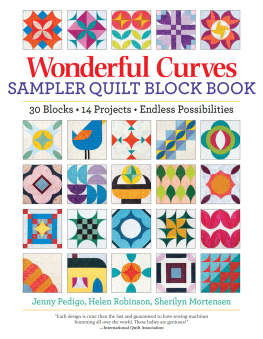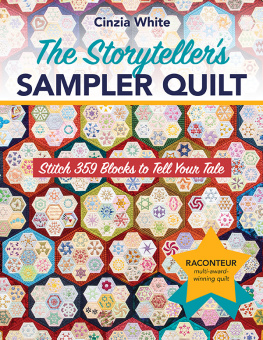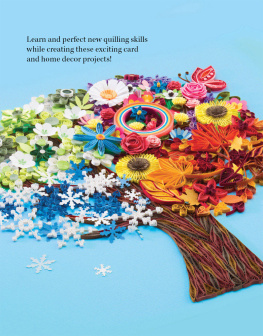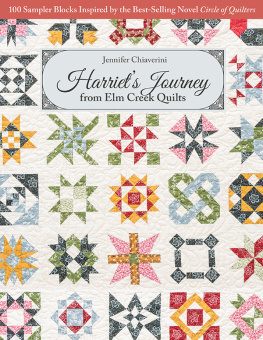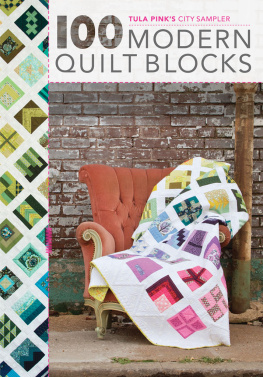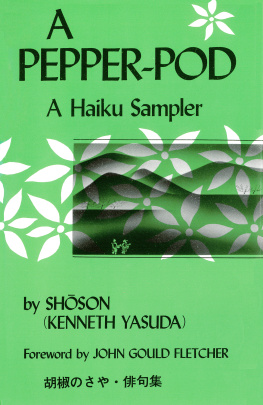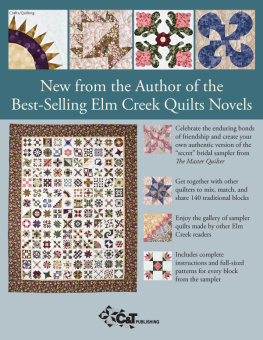
TORCHON LACEMAKING
A step-by-step guide
JAN TREGIDGO

THE CROWOOD PRESS
Dedication
This book is dedicated to my Mum, Dad and Grandma.
First published in 2010 by
The Crowood Press Ltd
Ramsbury, Marlborough
Wiltshire SN8 2HR
www.crowood.com
This e-book published 2015
This impression 2012
Jan Tregidgo 2010
Jan Tregidgo has asserted her right under the Copyright, Design and Patents Act 1988 to be identified as the author of this work.
All rights reserved. No part of this publication may be reproduced or transmitted in any form or by any means, electronic or mechanical, including photocopy, recording, or any information storage and retrieval system, without permission in writing from the publishers.
British Library Cataloguing-in-Publication Data
A catalogue record for this book is available from the British Library.
ISBN 978 1 78500 067 6
All photographs and diagrams by the author
Frontispiece
All the left legs have passed through the right legs of the spider.
Acknowledgements
I feel privileged to have been taught to make bobbin lace at a weekly class by Miss E Dawson of Speen (as she was always known) and since 1982 by Margaret Tite. Mrs Tite has been a total inspiration and a constant friend as well as my teacher.
As a trained teacher myself, I have always wanted to pass on the knowledge I have learnt over the years. I was therefore delighted and yet apprehensive to be commissioned to write this book. I was supplied with Venus threads for all the sampling by Maarten Timmers of The Stitch Company. His company is the European Distributor of Venus Threads. The designing of all the patterns and diagrams was made simpler by the use of Lace R-XP, a computer program. I am indebted to Ian Lawson-Smith of ilsoft who supplied the program.
I have been fortunate to have many lace students, past and present, and lace friends, who have tested my samples, read my text, checked my photographs and diagrams and encouraged me. Special mention must go to my lace class at Lee-on-the-Solent who have all been particularly helpful and understanding.
Kathy Corbett has been a constant encouragement and support throughout the whole project. Kathy was, in fact, the first lacemaker I met and Im very grateful to her and for her friendship over the years.
My thanks, above all, must go to my very understanding husband Stephen, who has been a lace widower for many years and who is responsible for encouraging me to teach bobbin lace back in the 1980s.
Jan Tregidgo
www.tregidgo.com/jan
I have taught Jan Tregidgo for many years and I wish her every success with this book.
Margaret Tite, 2010
Introduction
It is always satisfying to teach total beginners on weekend courses but they have always needed more than my handouts to refer to once they return home. Even weekly classes can often seem a long way off when you are a beginner and need reassurance or just that reminder. I was therefore delighted to have been asked to write a new approach to torchon lacemaking.
Many traditional lacemakers do not want to use colour in their lace; however, for the beginner, colour is exceedingly helpful. It is possible to follow the threads and to see where they are going. An experienced lacemaker is able to read a piece of lace and understand it, but the beginner can find this difficult.
This book, however, is not only for the total beginner. There are clear explanations of techniques in the text, and there are many photographs and diagrams to help lacemakers of all abilities. Some people prefer words and some prefer pictures I hope that I have catered for all types of learner. Throughout the book, there are hints and tips on learning best practice in order to give all lacemakers good foundations for their future lacemaking.
The first part of the book covers equipment and materials needed and the preparation before lacemaking can begin. There are then twenty-five separate samplers, which, if worked in sequence, will ensure that the lacemaker has a through grounding in torchon lacemaking techniques.
These samplers are lavishly illustrated with photographs and diagrams to ensure that step-by-step instructions are clearly understood. There are also extra patterns which can be worked to apply the techniques learnt. It is advisable to work each pattern in colour and then in white or a single colour. This will help to reinforce the lessons learnt.
The last part of the book covers some interesting topics. Adding beads to lace is very straightforward and can be used to create jewellery. As confidence grows, lacemakers may want to start designing their own patterns, and ways to do this are included. Joining and mounting lace can be challenging; these topics are covered along with a troubleshooting section.
Contents
Equipment and Materials
In order to make bobbin lace, the lacemaker will need basic equipment and materials such as a lace pillow, lace bobbins, pins, lace pricking and thread. To start with, these items will be new to the beginner, but their uses and a description of each will follow. For clarity these items are listed under two categories equipment and materials.
Equipmentrefers to those items that can be used many times, such as lace pillows or bobbins. (Broken items may need replacing, such as broken bobbins or bent pins.)
Materialsare consumables, which will run out and need to be replaced, such as thread, pricking card or beeswax.
Other items are very useful and will be described, but the beginner would be well advised to purchase items only as they become necessary. A teacher or a local lace group may have second-hand equipment available for sale. Contact the Lace Guild (see ) for addresses.
Equipment
Lace pillows
A lace pillow is the surface on which the pricking is placed. The lace stitches are then worked on it, and pins are positioned to secure the lace. Traditionally a lace pillow was made of hessian or canvas stuffed with chopped beaten straw. This created a very firm, solid surface for pins to stick into. It is still possible to purchase traditional barley straw stuffed lace pillows but these are naturally more expensive than those made of polystyrene.
Polystyrene pillows are generally made of high-density polystyrene and covered in fabric with an MDF base. EHD (extra-hard density) polystyrene, which is used in the aircraft industry, is also available.
It is always advisable to buy the largest pillow that you can afford, ensuring, however, that it is comfortable for you to use. You must be able to reach the centre of the pillow without strain. Pillows are made with a domed or flat surface, and can be round or square with rounded corners. They come in many different sizes.
Bobbin lace is made in many countries and there are many different types of pillows and lace bobbins. However, for the torchon bobbin lace described in this book, the following pillows are the most useful.
The basic polystyrene round pillow
This is ideal for a beginner, being inexpensive to purchase and light to carry. It is generally about 40 centimetres in diameter and has a domed top. It is necessary to cover the pillow with a removable washable cloth.
The shape of these pillows is suited to making short sample bookmarks or motifs. To make edgings or handkerchiefs it is advisable to use a block pillow (see below) or to constantly move up the lace as you work (see
Next page

